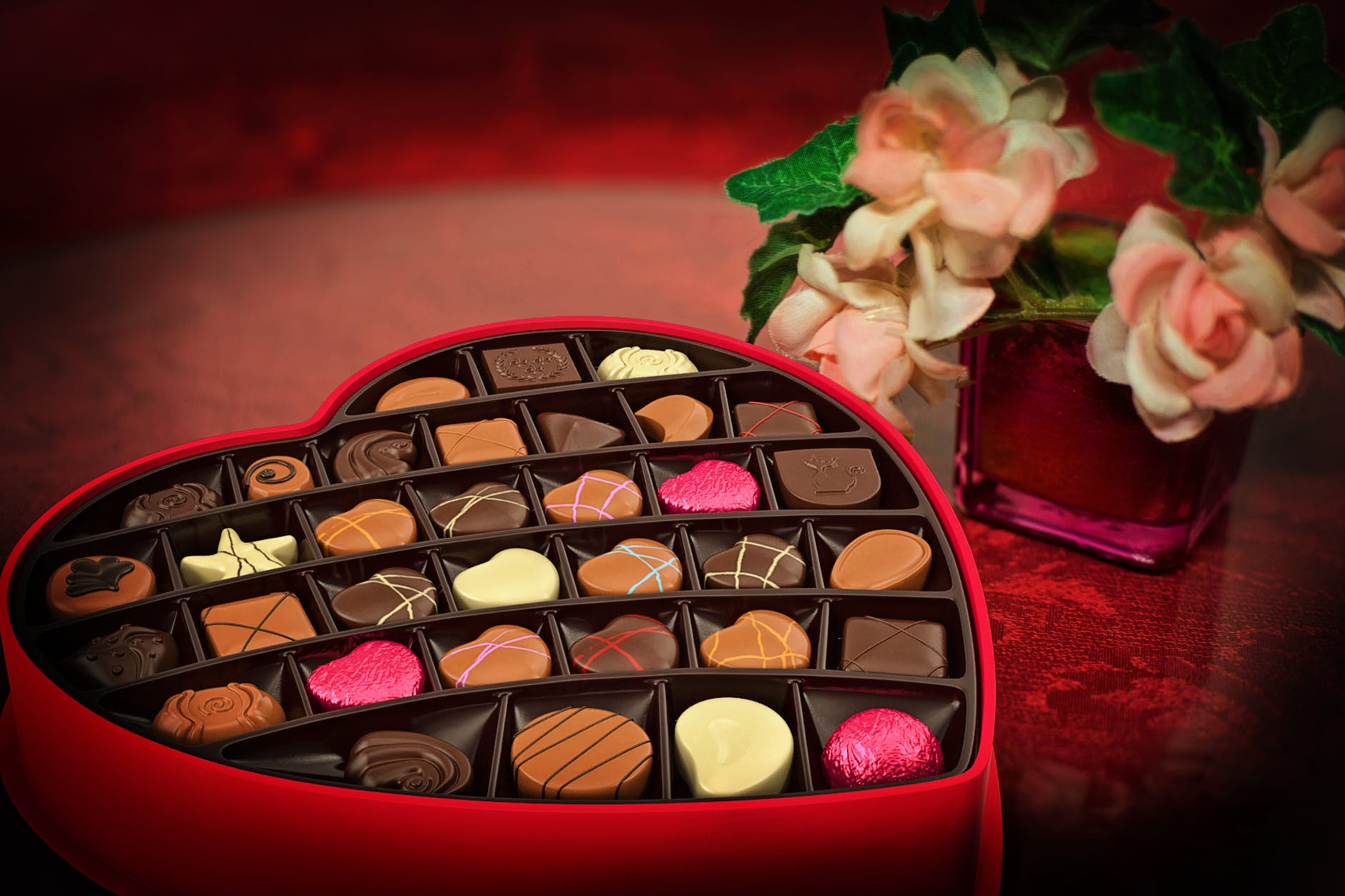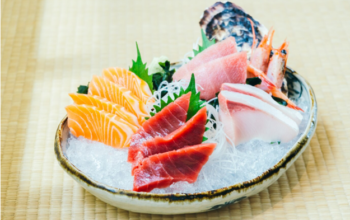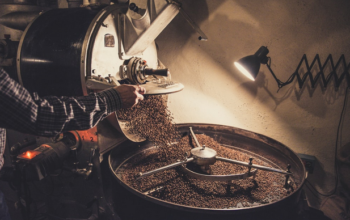Since its discovery by ancient civilizations, chocolate has long been considered to have an almost magical quality. In Mayan and Aztec mythology, the gods gave the cacao bean to humans as a gift. In Mesoamerican cultures, cocoa beans were traded and used as money as well as ground, roasted, and then brewed up with chili, vanilla, and other spices for warriors and impending sacrifice victims to drink for strength and courage.
Fast forward a few centuries. In the 1500s, hot cocoa became a popular drink in Spain. Demand for the beverage spread throughout Europe in the 1600s, following two main styles: Spanish/Italian, a thicker and more syrupy drink, and French, which is thinner and more like the contemporary version served by most countries. By the time chocolate bars were invented in the 1800s, the decadent flavor we now know and love became forever ingrained in our collective taste buds.
But hot cocoa and traditional candy bars are just the beginning when it comes to consuming this longtime favorite. Today, you can find all types of dishes containing chocolate and even those that meet certain dietary requirements, such as vegan dark chocolate.
To celebrate this winning taste treat, here are some of the more unique traditions, local favorites, and interesting chocolate combinations enjoyed by people around the world.
Mole: Mexico
Mole is a thick sauce is used in Mexican cuisine that contains upwards of 20 ingredients including chili peppers and chocolate. The chocolate sweetens and mellows heat and spice of the peppers, making for a unique flavor profile. It is traditionally served over meat or eggs, and is associated with happy celebrations.
Platanos en Mole: Guatemala
Guatemala’s take on mole is a bit different than in Mexico. Instead of serving the sauce over savory items such as meat and eggs, it becomes a spicy-sweet topping for fried plantains. The Guatemalan version includes chocolate, chili peppers, tomatoes, and pumpkin and sesame seeds.
Mendiant: France
Mendiant is a small, flat, round chocolate candy topped with fruits and nuts. This traditional French Christmas treat has Christian symbolism, as the specific fruits and nuts represented different monastic orders in the Catholic Church.
Pålægschokolade: Denmark
Does topping your bread with chocolate sound like heaven? Time to visit Denmark! Warmed bread is slathered with thin slices of chocolate that quickly melt, resulting in deliciously sweet and decadent toast. Yum!
Champorado: Philippines
This porridge is a popular treat in the Philippines, sometimes served alongside tuyo, a dried salty fish. Made with sticky rice, cocoa powder, milk, and sugar, champorado can be served hot or cold at breakfast, teatime, or for dessert.
Chocolate Potato Cake: Ireland
When chocolate first came to Ireland in the 1700s, only the very rich could afford it. Eventually, though, mass production allowed regular people to indulge and Chocolate Potato Cake became popular in the 1800s. This recipe calls for grated chocolate and riced potatoes, giving it a moist, silky texture and deep, rich flavor. A dusting of powdered sugar adds the perfect sweet topping to this cake.
Misa: Czech Republic
It might be last thing you might expect to find there, but this frozen bar hides a cheese-based ice cream below the outer chocolate layer. Known as quark, the cheese is made by warming soured milk until it curdles. The result is a slightly acidic white cheese that is more savory than sweet. The recipe for this popular treat has remained unchanged since its debut in 1962.
Chorni Chleb: Russia
This black bread is a staple in Russian. The perfect accompaniment to soups, topped with caviar or butter, or paired with salmon, chorni chleb is savory, tangy, and only slightly sweet. Made from a variety of ingredients including vinegar, rye, and unsweetened chocolate, this bread is a symbol of Russian health and wealth.
Mpanatigghi: Italy
How does chocolate meat pie sound? This biscuit-like concoction was first introduced in Sicily in the 1600s. Mpanatigghi is derived from the Spanish empanada. Both words comes from a verb meaning “to wrap in dough or bread” in both Italian and Spanish. Mpanatigghi are shaped like half moons and stuffed with lemon peel, almonds, sugar, egg, cinnamon, vanilla, and chocolate. The secret ingredient? Ground beef, which is said to be undetectable by taste (a vegetarian version uses eggplant).
Cocoa Tea: Dominican Republic
Less like traditional tea and more like coffee, Cocoa Tea is brewed with roasted cocoa nibs. The result is a slightly bitter, sugar-free brew rich in anti-oxidants. People in the Caribbean islands where cacao tree grow have been enjoying Coca Tea for centuries. Cacao pods are harvested, dried, fermented and then roasted. The resulting beans are called cacao nibs, which are then ground, combined with spices like cinnamon and nutmeg, and rolled into cacao sticks that can be grated and added to hot milk or water to make Cocoa Tea.
Which Chocolate Tradition is for You?
We recommend trying them all! With such a wide range flavor profiles, ingredients, and cultural significance, there’s something to suit every palate. And come on now—chocolate is always good, no matter what recipe it’s used in.
Related Posts












